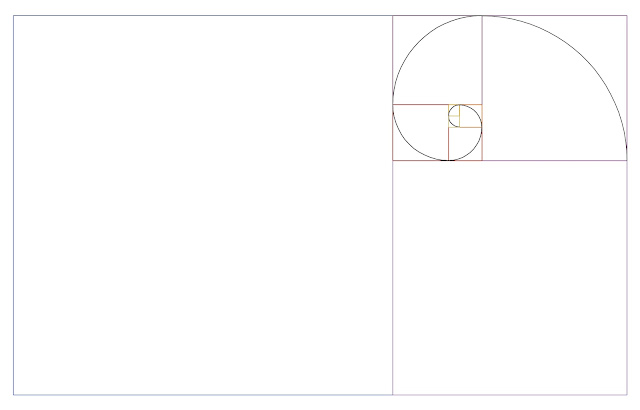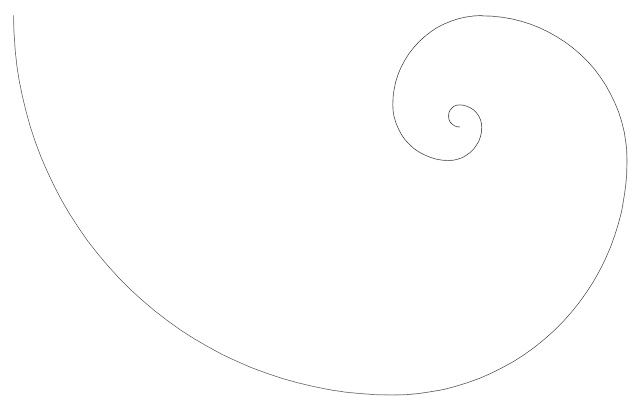Recently, I have been listening to a lot of podcasts. Most recently, an episode of This American Life grappled with the issue of loneliness, starting at a cosmic level. Given that I listen to podcasts principally out of a kind of loneliness (living and working in a non-English speak environment), it was amusingly apposite. In a very short time, however, my amusement gave way to a feeling of existential dread.
The programme bore the title “Fermi’s Paradox”, and used the conundrum of cosmic loneliness to springboard into the more general topic of loneliness. For the uninitiated, Fermi’s paradox is the contradiction presented by the apparent likelihood of intelligent life existing in our Galaxy and the complete lack of visible evidence that this is the case. In Fermi’s words, “Where are they?” (“they” being technology advanced aliens).
For the show’s producer, David Kestenbaum, the possibility that humans are alone in the visible universe made him feel profoundly sad. I do not share this feeling: perhaps when there are fewer things to feel sad about within human civilisation I will start to grow melancholy at the silent universe. I did allow myself to consider Fermi’s paradox yet again, however, and this led me to a darker place.
The predominant hypothesis concerning the apparent absence of intelligent life is quite simple: there are no aliens. The Rare Earth Hypothesisstates that the conditions necessary to create life, even in its most simple form, are exceptional. Technologically sophisticated, culturally complex civilisations such as humanity are therefore beyond an oddity: the evolutionary coincidences that have led to our development amount to probabilities of trillions-to-one, we are alone in the Universe. This was what rendered Kestenbaum so upset. The universe, within which our tiny planet is barely a pinprick, is teeming with death: it is a cold, desolate, empty expanse, which will ultimately consume all human endeavour.
The show was a journey of reconciliation- allowing Kestenbaum to come to terms with his feelings of cosmic isolation. Part of this process seemed to focus on gently mocking his sensitivity, and allowing him to recognise that there are far more pressing things to worry about in the world. Additionally, other reasons for the Great Silence were touched upon, suggesting that Fermi’s Paradox need not preclude the existence of alien life.
One of the reasons explored was the so-called “Zoo Hypothesis”: the existence of alien civilisations is being deliberately kept from us so that our cultural and biological evolution can follow its own course, without external influence, presumably for similar reasons to those of conservationists preserving endangered species in their natural habitat. It was a thought I’d had before, but had not pondered for some time… least not since the Simulation Hypothesis had been re-popularised by Elon Musk. It was putting these two ideas together that sent me into my own existential tailspin.
An extension of the Zoo Hypothesis posits that in their efforts to conceal the rest of the universe from us humans, the advanced alien civilisation(s) have somehow isolated our world and its immediate astral environs, surrounding them with an incredibly sophisticated simulation of the rest of the universe, which has been created bereft of other sentient beings. For me, Fermi’s paradox naturally dovetails into the Simulation Hypothesis: our entire reality is a digital simulation that has been created to observe how a human civilisation might develop in a universe lacking any other sentient beings.
Imagine those early pioneers of agriculture, trading the uncertainty of the foraging lifestyle for the relative security of sedentary life. These men and women ultimately set in motion an unprecedented revolution in culture and technology, culminating after tens of thousands of years in the exploration of space.
Along the way they have created hierarchy, religion and war. To facilitate their industrious exploitation of their planet’s resources, they have poisoned their own environment against them. Whilst they have made progress in reversing the inequality that has sprung up over the centuries of cultural evolution, it is unclear as to whether this progress is sustainable given the scale of the environmental problems and capacity to annihilate themselves over political disagreements.
Cue intervention by an interstellar civilisation. Detecting the emergence of a technologically advanced civilisation within range of their spacecraft, said civilisation decide to introduce themselves. They are dismayed to find that Homo sapiens has been unable to resolve its social differences in spite of its huge leaps forward technologically. They issue dire warnings to the terrified denizens of earth, having witnessed this behaviour in previous civilisations. Almost universally, world leaders surrender to the superior beings and follow their recommendations, in order to steer humanity from its path to destruction. Not all of earth’s citizens are so eager to comply, resulting in a bloody war.
Reluctantly, the aliens assist earth’s leaders in the suppression of the global insurrection, but in doing so they reinforce support for the rebel forces. The whole planet is in the throes of a bitter, bloody civil war. The aliens have failed utterly, and after much discussion, decide that their only option is to intercede directly: follow our road map to peace and prosperity, or face annihilation- annihilation at their hands.
The threat is enough to at least get the leaders of the significant parties to agree to meet. The dividing line is clear and stark. On the one hand, the establishment opinion holds that humanity will be destroyed unless the aliens’ instructions are followed. On the other hand, insurrectionists argue that it was the aliens who created this situation in the first place, are now threatening the earth directly, and better to die fighting for freedom than to continue living with no control over their fate.
The divisions and arguments are predictable, but the alien civilisation is able to steer a way through the debate with their trump card: simulated realities. They have the power to create incredibly accurate hologrammatic simulations, and are capable of demonstrating the outcome of actions on a galactic scale by tweaking the simulation’s parameters. Hundreds of these simulations are run, each demonstrating that if humanity was simply left to their own devices, the only possible outcome is increased misery and suffering and ultimately, the extermination of all biological life.
Naturally, the insurrectionists suggest that these computer models are weighted in favour of the extra-terrestrials preferred outcome. As a measure of good faith, the aliens induct the top computer scientists and programmers from the insurrectionist side into the inner workings of simulation construction. Across earth, an uneasy truce reigns.
After several years, the insurrectionists are convinced by the civilisations validity, but this does not put an end to the conflict. The debate turns to the age-old issue of individual agency and the greater good, the Platonic/Aristotelian dialectic that has plagued public discourse since the dawn of civilisation. However, faced with annihilation, the wider populace overwhelmingly choose life as well fed slaves than hungry free me. A new world government begins to institute the aliens’ original programme for cultural and environmental recovery.
Naturally, pockets of resistance still exist across all continents. Though they can no longer count on the same levels of popular support as before, they are still able to interrupt the recovery programme and cause misery, pain and suffering. For some, this is the price of progress, and anticipate on the remaining insurrectionists slowly dying out. For others, it is unnecessary and hideous, and are dismayed by the establishment’s inability to stamp it out completely.
Once again, the aliens manage to steer a path through the fog. Human leaders are urged to reach out to the remaining extremists and offer amnesty: not in return for seizing their actions, but for the opportunity to negotiate and discuss once again. The aliens are desperate to understand the desires and motives of these men and women, and to do what they can to end what they see as unnecessary suffering. Amongst the myriad demands and aspirations lurked something curious: it wasn’t that the insurrectionists wanted the aliens to just go away, they wanted them never to have arrived.
So: in order to demonstrate at least some degree of compliance, the aliens agreed to run a simulation in which they never came to earth. In fact, they agreed to run a simulation of the universe entirely devoid of other sentient life forms. They hoped this would demonstrate the hopelessness of the remaining insurrectionists’ cause. I cannot speculate on the outcome, because I believe that this is the simulation in which we now live.
I snapped out of my reverie in a manner similar to Dhasa in the Glass Bead Game: I found myself back in the present, doing something completely mundane, having lived through not just one life time but tens of thousands of years of parallel history. Like Dhasa I was by water, pouring from a shower head not a gently babbling forest stream. My heart rate felt higher than usual and I was aware of a great deal of chatter in my head. I resolved to practice some mindfulness, in an effort to return myself to normality.
Inhale, exhale: as long as you are breathing, there’s more right with you than wrong with you.
I felt the cold, wet torrent immerse my head and body.
I looked at the soap bubbles forming between my fingers.
I observed the complexity of the iridescence on the surface of each bubble, each one, containing within it its own universe.
What kind of technology would simulate this? Even at a level observable by the human senses, what power would be required to simulate something so complex, so convincingly?
It looks so real. It feels so real.
But then again, it’s all we’ve ever known. How do we know that this is what wetness feels like?
Embrace the matrix. There is no way out.
You can listen to the podcast that inspired my melancholy here.











































